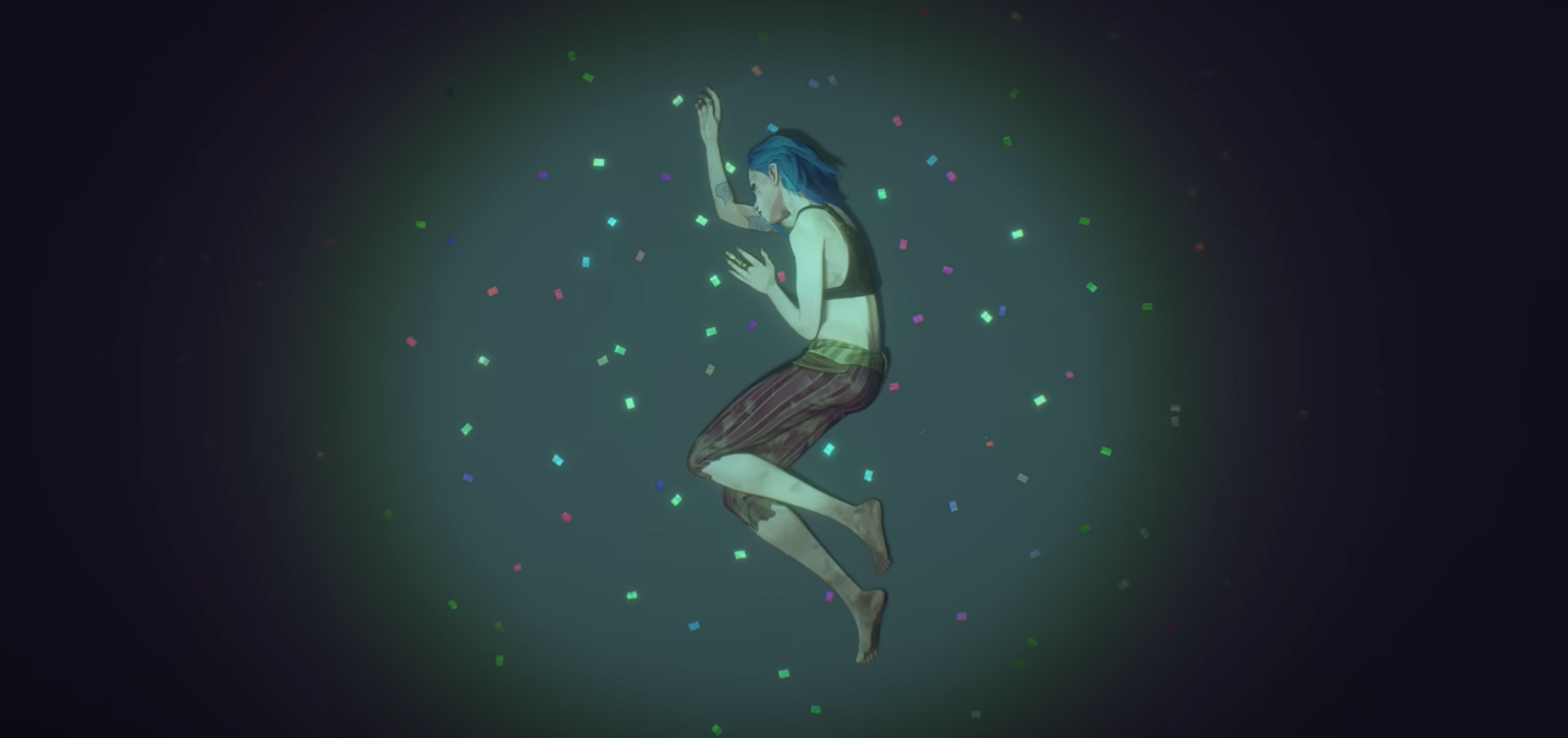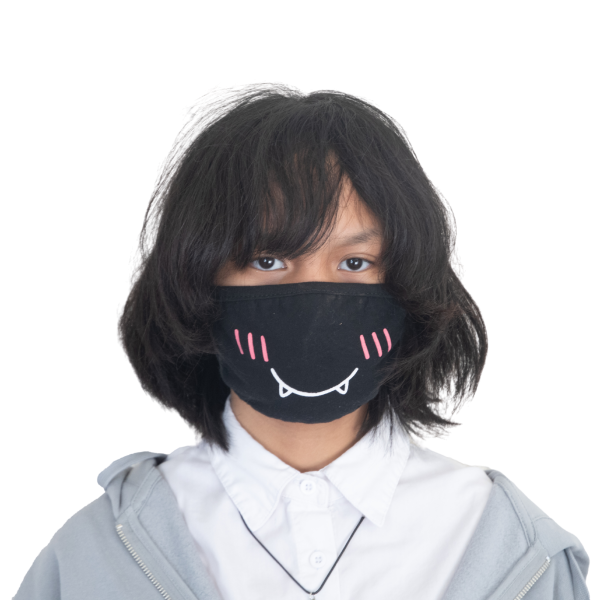I decided to give “Arcane” a try for the first time. Honestly, there’s a ton of shows for people to get into these days. It’s overwhelming, especially when there’s just too many trending series to keep track of.
The first three episodes give a solid sample of the tone and direction without a major investment of time.
“Arcane” is an original animated Netflix series created by the animation studio Fortiche. It’s based on the Riot Games competitive battle arena game “League of Legends.”
The plot primarily follows two sisters, Violet and Powder, who serve as opposing perspectives to the conflict between the echelons, or upper-class, of the city of Piltover and the slums.
Ever since the first season of “Arcane” came out on Nov. 6, 2021, all my friends have been begging me to watch it. Especially since we were all involved in the arts, as animation is pretty relevant as a passion and profession to people who dabble in creative work. But I never did. Perhaps it was my aversion to trending things, or my overexposure to it. I just didn’t feel like watching it.
However, following the release of the second season in November 2024, the show’s popularity skyrocketed once again and I developed a desire to give it a go.
As of writing, I’ve only watched the first three episodes of the series. So to fans of the series, I apologize if I gloss over details that I didn’t catch on the first watch.
Even so, I do want to provide my impression on the series’ opening arc as a first-time viewer.
“Arcane” is quite a mature show.
“Arcane’s” plot and worldbuilding are deeply rooted in politics. The major conflict of the story lies within the setting, Piltover, and the drastic class division in its demographics.
Throughout the first three episodes, “Arcane” displays a multitude of viewpoints through its characters on classism in Piltover from three primary perspectives: Zaun (the city slums), The Council of Piltover (government?) and the Enforcers (the police force).
The Enforcers commit acts of police brutality on the people of Zaun, and in turn the people of Zaun become restless. Of course they would become restless, as the lower class of Piltover lives an undeniably terrible life in the slums compared to the rest of the city.
Even then, the Enforcers and the slum dwellers would make shady deals, like selling out their own people, with each other and even aid one another in secret.
But both sides exploit each other.
“Arcane” doesn’t tip-toe around heavy topics whether overt or subtle.
In Episode 2, the show introduces the topic of “forbidden knowledge” in Piltover. The Council places restrictions on the study of magic, punishing anyone that tries to engage with it no matter how good their intentions are.
After all, any kind of technological breakthrough will always have risks alongside the potential benefits. Mel Medarda, a councilor of Piltover, recognizes that even then, casting away the pursuit of advancing science will only cause a society to stagnate. It’s a clear representation of forbidden knowledge and the censorship of information among citizens of a country. Sure, there may be valid reasons as to why some studies, like magic, are prohibited, however it’s still a pretty complex dilemma regarding censorship and what it means to the populace’s growth.
In tandem with the political aspect, the series has incredibly human themes. Characters do not have black and white morality. In fact, each side of the tensions between the upper-class and lower-class citizens of Piltover all have their own reasons and motivations. Neither side is considered righteous in the sense that there is a clear good guy in the series.
Again, I do not want to get into spoilers, since the ending of episode three is pretty integral to the entire plot. However, I do want to note that watching the first three episodes of Arcane through to the end IS important, as altogether it forms the first arc of the series. It’s the conclusion of the third episode that brings all the themes that have built up over the last two episodes together, after all.
As annoying as this sentiment is, it’s worthwatching for yourself to understand what I’m saying.
Fortiche’s artistic direction is also masterfully done. Combining the use of 3D software and a 2D painterly style made the animation very distinct from other 3D animated media, like the typical hyper-realistic textures of Disney. Visual communication in the series is also very clear, with the use of color palettes and cinematography to set up a specific message. This mainly applies to symbolism, like conveying the power dynamic between characters and comparing mirror characters with one another through parallel shots.
The characters themselves are animated in an astonishingly intricate way, utilizing micro-expressions and body language in the character animation to convey subtle emotions. So much of the story is conveyed through visuals alone rather than the reliance on dialogue, which I appreciate as an artist myself.
Fortiche does not, in any way, hand-hold the audience in piecing together the story. Viewers have to analyze information they learn as they watch, and gradually form the whole picture.
Now, personally, so far, I really like the show!
I will admit, I was a little lost on what was happening in the second episode, but the way the first arc concluded pretty much fixed my confusion. Actually, it was the ending of Episode 3 that solidified my liking for this series, as it perfectly set up what the rest of the series would be.
However, what I’ve said doesn’t dictate what “Arcane” is like as a whole. Perhaps the themes won’t suit your taste, or the plot will seem too serious.
I do implore you to at least try the first three episodes, like I did. Personally, I wasn’t prepared for the themes to really appeal to me when I saw the end of Episode 3.
Who knows, maybe you’ll become as enamored with it as I did.




